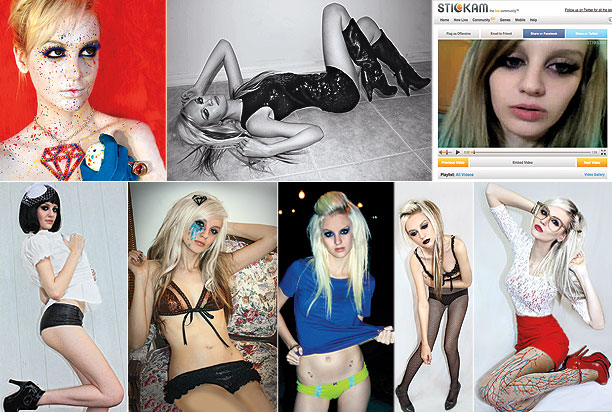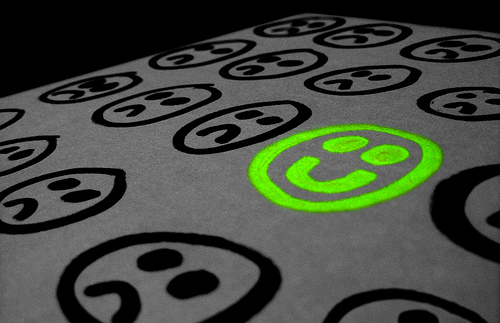This summer, with NSA scandal after NSA scandal, the public has (thankfully) started to wake up to issues of privacy, surveillance, and monitoring. We are living in a data world and there are serious questions to ask and contend with. But part of what makes this data world messy is that it’s not so easy as to say that all monitoring is always bad. Over the last week, I’ve been asked by a bunch of folks to comment on the report that a California school district hired an online monitoring firm to watch its students. This is a great example of a situation that is complicated.
The media coverage focuses on how the posts that they are monitoring are public, suggesting that this excuses their actions because “no privacy is violated.” We should all know by now that this is a terrible justification. Just because teens’ content is publicly accessible does not mean that it is intended for universal audiences nor does it mean that the onlooker understands what they see. (Alice Marwick and I discuss youth privacy dynamics in detail in “Social Privacy in Networked Publics”.) But I want to caution against jumping to the opposite conclusion because these cases aren’t as simple as they might seem.
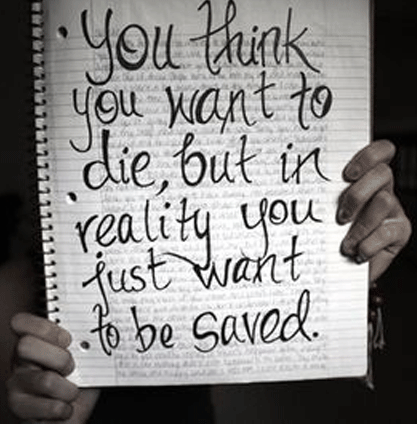 Consider Tess’ story. In 2007, she and her friend killed her mother. The media reported it as “girl with MySpace kills mother” so I decided to investigate the case. For 1.5 years, she documented on a public MySpace her struggles with her mother’s alcoholism and abuse, her attempts to run away, her efforts to seek help. When I reached out to her friends after she was arrested, I learned that they had reported their concerns to the school but no one did anything. Later, I learned that the school didn’t investigate because MySpace was blocked on campus so they couldn’t see what she had posted. And although the school had notified social services out of concern, they didn’t have enough evidence to move forward. What became clear in this incident – and many others that I tracked – is that there are plenty of youth crying out for help online on a daily basis. Youth who could really benefit from the fact that their material is visible and someone is paying attention.
Consider Tess’ story. In 2007, she and her friend killed her mother. The media reported it as “girl with MySpace kills mother” so I decided to investigate the case. For 1.5 years, she documented on a public MySpace her struggles with her mother’s alcoholism and abuse, her attempts to run away, her efforts to seek help. When I reached out to her friends after she was arrested, I learned that they had reported their concerns to the school but no one did anything. Later, I learned that the school didn’t investigate because MySpace was blocked on campus so they couldn’t see what she had posted. And although the school had notified social services out of concern, they didn’t have enough evidence to move forward. What became clear in this incident – and many others that I tracked – is that there are plenty of youth crying out for help online on a daily basis. Youth who could really benefit from the fact that their material is visible and someone is paying attention.
Many youth cry out for help through social media. Publicly, often very publicly. Sometimes for an intended audience. Sometimes as a call to the wind for anyone who might be paying attention. I’ve read far too many suicide notes and abuse stories to believe that privacy is the only frame viable here. One of the most heartbreaking was from a girl who was commercially sexually exploited by her middle class father. She had gone to her school who had helped her go to the police; the police refused to help. She published every detail on Twitter about exactly what he had done to her and all of the people who failed to help her. The next day she died by suicide. In my research, I’ve run across too many troubled youth to count. I’ve spent many a long night trying to help teens I encounter connect with services that can help them.
So here’s the question that underlies any discussion of monitoring: how do we leverage the visibility of online content to see and hear youth in a healthy way? How do we use the technologies that we have to protect them rather than focusing on punishing them? We shouldn’t ignore youth who are using social media to voice their pain in the hopes that someone who cares might stumble across their pleas.
Urban theorist Jane Jacobs used to argue that the safest societies are those where there are “eyes on the street.” What she meant by this was that healthy communities looked out for each other, were attentive to when others were hurting, and were generally present when things went haywire. How do we create eyes on the digital street? How do we do so in a way that’s not creepy? When is proactive monitoring valuable for making a difference in teens’ lives? How do we make sure that these same tools aren’t abused for more malicious purposes?
What matters is who is doing the looking and for what purposes. When the looking is done by police, the frame is punitive. But when the looking is done by caring, concerned, compassionate people – even authority figures like social workers – the outcome can be quite different. However well-intended, law enforcement’s role is to uphold the law and people perceive their presence as oppressive even when they’re trying to help. And, sadly, when law enforcement is involved, it’s all too likely that someone will find something wrong. And then we end up with the kinds of surveillance that punishes.
If there’s infrastructure put into place for people to look out for youth who are in deep trouble, I’m all for it. But the intention behind the looking matters the most. When you’re looking for kids who are in trouble in order to help them, you look for cries for help that are public. If you’re looking to punish, you’ll misinterpret content, take what’s intended to be private and publicly punish, and otherwise abuse youth in a new way.
Unfortunately, what worries me is that systems that are put into place to help often get used to punish. There is often a slippery slope where the designers and implementers never intended for it to be used that way. But once it’s there….
So here’s my question to you. How can we leverage technology to provide an additional safety net for youth who are struggling without causing undue harm? We need to create a society where people are willing to check in on each other without abusing the power of visibility. We need more eyes on the street in the Jacbos-ian sense, not in the surveillance state sense. Finding this balance won’t be easy but I think that it behooves us to not jump to extremes. So what’s the path forward?
(I discuss this issue in more detail in my upcoming book “It’s Complicated: The Social Lives of Networked Teens.” You can pre-order the book now!)
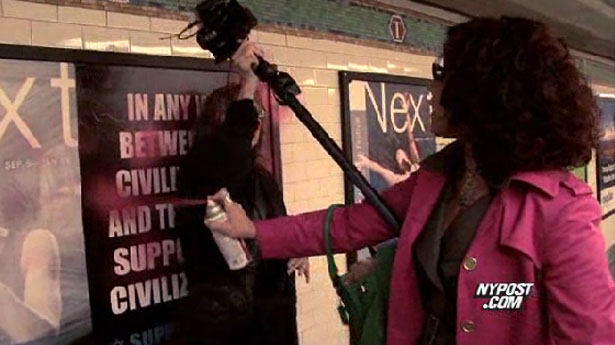
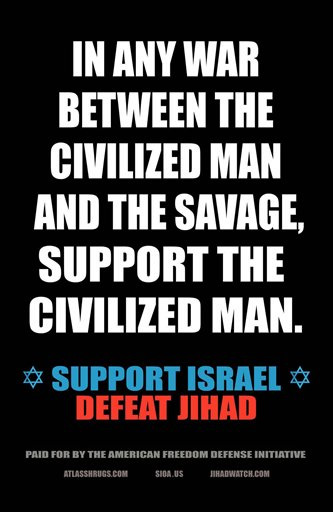 Meanwhile, in the United States, a lawsuit was moving through the courts concerning a deeply racist advertisement that “The American Freedom Defense Initiative” wanted to pay to have displayed by New York City’s subway system (MTA). The MTA went to the courts in an effort to block the advertisement which implicitly linked Muslims to savages. The MTA lost their court battle when a judge argued that this racist ad was protected speech, thereby forcing the MTA to accept and post the advertisements. Begrudgingly, they did. And this is where we get to Mona.
Meanwhile, in the United States, a lawsuit was moving through the courts concerning a deeply racist advertisement that “The American Freedom Defense Initiative” wanted to pay to have displayed by New York City’s subway system (MTA). The MTA went to the courts in an effort to block the advertisement which implicitly linked Muslims to savages. The MTA lost their court battle when a judge argued that this racist ad was protected speech, thereby forcing the MTA to accept and post the advertisements. Begrudgingly, they did. And this is where we get to Mona.